Fleet 875 Aternum
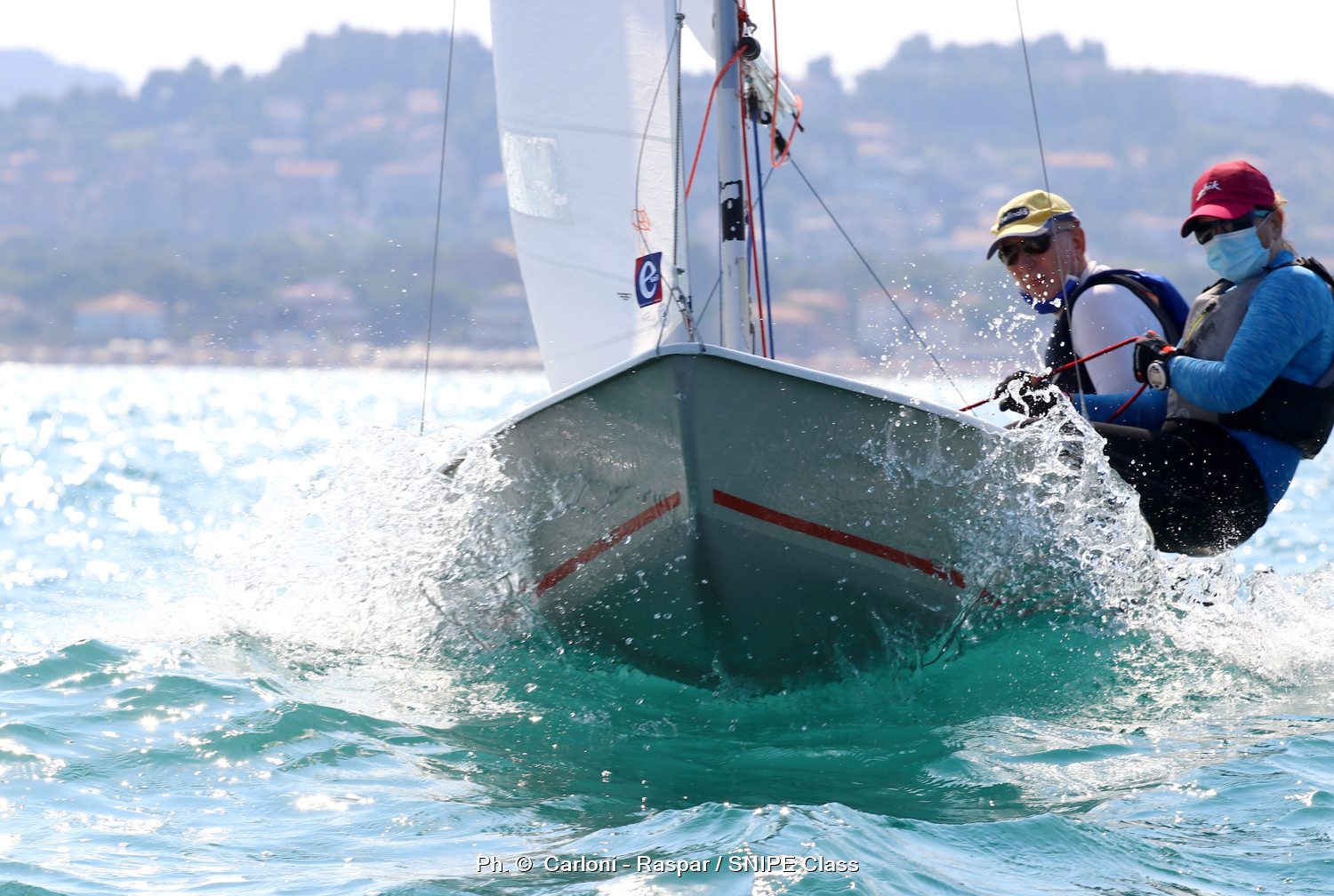

Fleet 875 Aternum – Pescara, Italy
by Peppe d’Orazio
Prologue
I have neither the knowledge, nor the charisma Sergio Michel had. The author in 2004 of “The life of the Snipe in Italy”. The book introduced me to the soul, that lies behind the racing of the boat I have been using for 13 years. But in these days urged at home because of Covid-19, I have some spare time, so writing has become a pleasure.
Now that the first generation of sailors in my area has almost entirely disappeared, I have tried to collect and write the memories still available to prevent the history of the Snipe in Abruzzo from being permanently lost. On the other hand, my age makes me a link between two successive generations and still allows me to be objective and, I hope, not boring, in telling an epic that I have not lived, having at that time about 10 years and still no relationship with the sailing world.
Therefore, I thank those who helped me by letting me know about events I was not present at, namely Luca Nicolaj, Pigi Ciammaichella, Giovanni De Carolis, Giovanni Muzii, the same age as our racers of the last century, but the only non-Snipist sailor and therefore impartial memory of that era, Marina Puccinelli and Valentina Villanucci.
Special thanks to Daniela Semec, national secretary of the Snipe class for the research of the charter of the fleet and for the help always given and appreciated.
I thank those who preceded me in managing the Fleet since its reconstitution: Pigi Ciammaichella, Gianfranco Piselli, Pino Borghese and those who will have the patience to read to the end.
The Aternum fleet
In the years at the turn of 1964, the year in which the Union of Italian Sailing Societies (USVI), changed its name into the Italian Sailing Federation (FIV), Abruzzo was very little involved in sailing sports events. Abruzzo did not catch up to many other regions of Italy, as for centuries we had been the periphery of the Bourbon Kingdom and a land of shepherds, transhumant on the sheep tracks to transfer their flocks to Apulia. In the sailing field, a historically less important topic, but in any case, the subject of these brief notes, there were no traditions or sports or shipbuilding and not even a story to tell, unlike our neighboring regions, overlooking the sea, such as Marche, Lazio and Campania. The sea was for us only a food resource supported mostly by small-scale fishing, made with fishing boats called “Paranze and Lampare”, which forced some local fishing boats, also able to practice Atlantic fishing, to sail dangerous and far seas. In those years, the widespread and non-elitist tourist use of the coast and everything connected with it, also began.
For sailing we always used to look at our neighbor Marche. With this region for years we have established, in an unequal way, one of the longest sailing areas in Italy: from Gabicce, in Romagna, to Vasto, on the border between Abruzzo and Molise.
To take place in sailing competition was necessary to be registered with the USVI and to an affiliated club, that was to be as close as possible home, since the movements then took place by truck, train and exceptionally on road trolleys almost always self-built. But the Snipe, or rather the” Beccaccino”, so it was called at that time, had already been with us for about ten years, weighing much more than the standard 194 kg, of unrefined construction, perhaps even with some tonnage problem, since many of them were homemade and sometimes with a liberal interpretation of Bill Crosby’s designs.
The Sailing Club of Porto Civitanova established in 1952, and then that of Giulianova in 1961, had welcome as members, the first owners of Snipes from Pescara: Alfredo Puccinelli and Rodolfo Villanucci, Luca Nicolaj and Enzo Tintorelli; I put them in this order as Alfredo, an exile from Dalmatian sheltered in Pescara, had known our boat and our sport in Zadar as a child in the interval between the two great wars. In turn he had introduced it in Abruzzo. The name of Alfredo and Rodolfo’s first Snipe was “Furietto”. Obviously, it was made of wood. The Fleet was called Aternum, from the name given by ancient Romans to the first settlement of our city on the river of the same name, in the 1st century BC. Soon, other boats joined the “Furietto”: “Mizar” by Nicolaj and Tintorelli, “Giulia” by Angelo Pierangeli and Claudio Franceschelli, “Guapa” by Sergio Franci, “Tequila” by Rino Libertini. “Furietto” later belonged to Fausto Barcaroli.
The fleet then counted 4 or 5 boats, registered with SCIRA in 1961 and took part in regattas in Marche and Romagna regions, with some good result even though conditioned by logistical and economic difficulties due to the cost of the trips. The first two crews, the only ones interested in having success on a national basis, gave the results to the secretary office of the regional regattas and thanks to their service they were selected for the Italian Championship of Piombino. The picture shows Puccinelli and Villanucci (Sail Number 11327) at the first windward mark, before Vittorio Porta and Dodo Gorla. But the regatta did not finish as the picture seemed to announce.

![]()
Their frequent participation to many regattas is also testified by the charge Alfredo gave to me, in occasion of the participation of my wife and I, to the National Rimini Regatta in 2009. He asked me to give his greetings to Giancarlo De Carolis, Franco Lodoli and Giorgio Brezich he had met in those pioneer years.
The same two boats took part in other Italian Championships or in National Regattas in Santa Margherita, Rapallo, Genoa, Trieste, Chioggia, Monfalcone, on the lakes of Como, Garda, Lugano, Maggiore and each time they were more than a thousand kilometers far from home and… there were no highways at that time. In comparison, racing in Rimini and Riccione was almost like being at home.
In 1965, Nicolaj and Tintorelli, with no ambitions to be classified, but with the mirage of getting a new and more accessible boat than the one of D’Isiot (the DBR1 of the time), travelled as far as Malaga for a regatta, towing an unstable cart loaded with an old Snipe, just bound to sacrifice. The cart should have substituted a train, or a truck. They crossed two borders without difficulty, thanks to a written document, which proved the regular transportation of the boat. In Barcelona, at the Roga shipyard, they replaced the old sacrificial boat with a brand-new Snipe. They participated to the Malaga regatta unsuccessfully, as expected, and also with some damage. After a new stop at the shipyard for a repair and with the complicity of the regatta ranking sheet, they passed customs again without problems, also because the Spanish Officers were only interested in looking for bottles of Fundador in the boat, the typical product Italians used to smuggle from Spain.
The presence of a fleet of dinghies regularly constituted and registered with SCIRA, our Aternum Fleet, and the arrival of the first cruise boats to the Porto Canale of the River Pescara, created interest in a very central area of Pescara, on the riverside, not far from
the Town Hall and immediately visible from the only bridge that then, connected the two parts of the city. The economic miracle of those years (Pescara was razed to the ground by the war and reconstruction was the most important activity) saw the rise of an unexpected interest in sailing and yachting. As a result, an interesting project was conceived: the founding of a sports association aimed at gathering people that had in common the passion for sailing and its related activity.
In 1961 on the initiative of Alfredo Puccinelli, Rodolfo Villanucci, Bernardo Dolci and gradually other enthusiasts, the Pescara Nautical Club was established. In 1962 the Club obtained the affiliation to the FIV and collected the local Snipe owners, so far registered elsewhere. The first headquarter of the Club on the northern riverfront of Pescara was a flower greenhouse moved from the villa of the Marquis Farina, first President of the Club. The Snipe activity was at first the engine of the Nautical Club, which then lived a life of its own, while the Fleet exhausted its energies around 1964 and was replaced by sailing classes closest to the new course of the Italian Sailing Federation and then dominated by the predominant development of the IOR classes.
Probably the last Snipe regatta in Abruzzo was in Ortona in 1967, as recalled by Giovanni De Carolis who took part in it with his father. Giovanni was very fearful because of his age (12 years) and for the participation of a famous antagonist Eleno Baruffaldi, one of the first to produce fiberglass Snipe in Italy.
In the few, beautiful years of sailing activity of the Circolo Nautico in Silvi, around the 80s, even thirty boats took part in the multiclass regattas, disputed with the numbers of Portsmouth, including two asthmatic Beccaccini entirely in wood, perhaps those of the past, with at the helm Tonino De Carolis and Sabatino Spezzaferro.
At that time, we used to snob them, but in 2004 Roger Olivieri, born in Pescara and in love with sailing, brought to Pescara his new Snipe in 2005. The Ciammaichella family, Franco Di Gregorio, Pio Lizza, Marco D ‘Ambrosio, Guido Ciuffo, Andrea Tisselli and Mario Di Pilla a group of “sailing addicts” due to their respectable age, to their love for sailboat with keel and not very keen in getting lost in the new modern classes, reconstructed the Fleet, keeping the same name as a sign of continuity and affection. Unfortunately, it was not possible to get back the same identification number attributed by SCIRA to its first constitution, but we are the heirs of the name, of its history, of the physical proximity of the few early Snipe Lovers and in the memory of its numerous Founding Members.
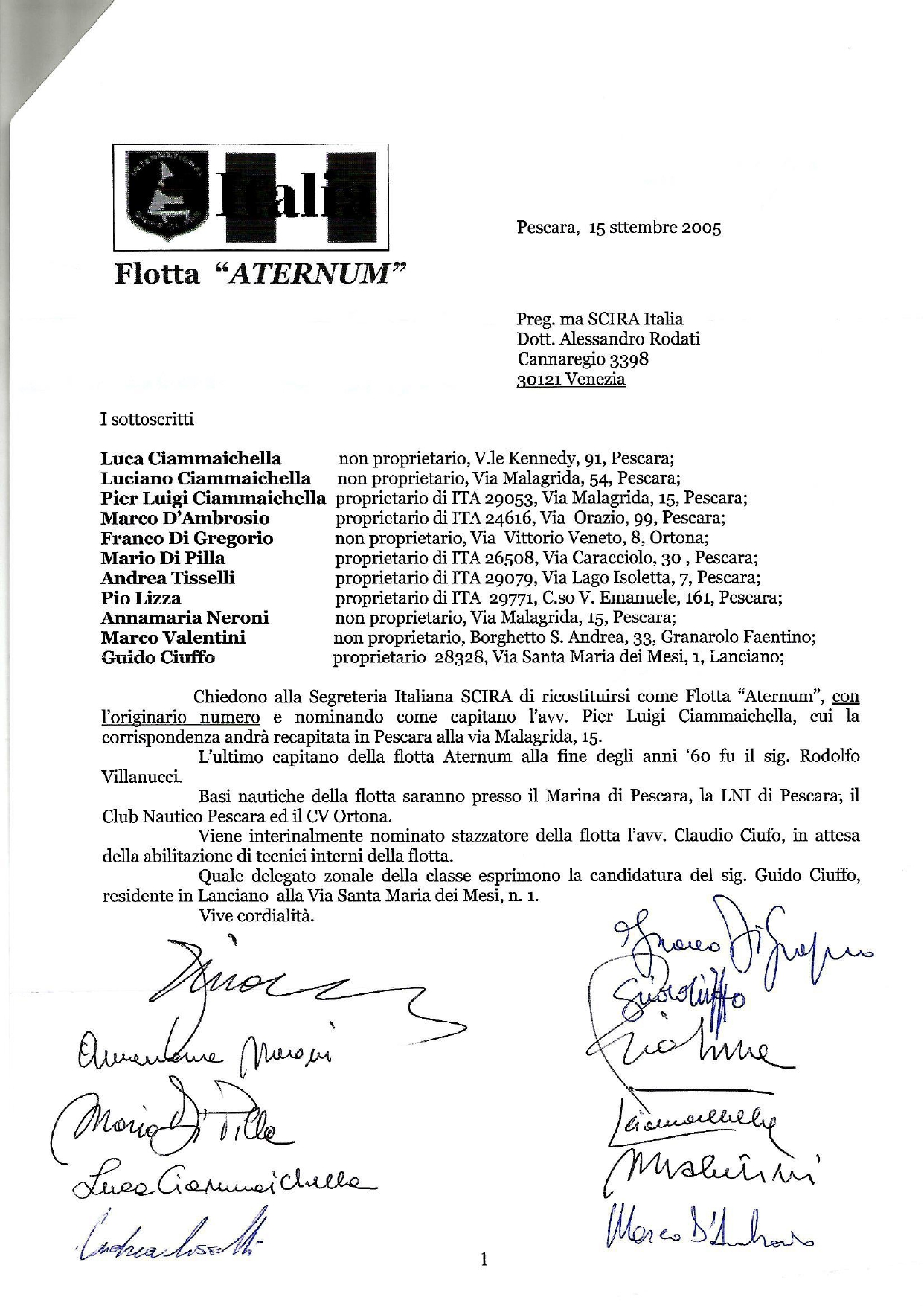
There are no records in our history of other numerous fleets. We also do not have an important Palmares. Nevertheless, we do belong to the Snipe Class family, which I called two years ago in Caldonazzo, “My Enlarged Family”, when I felt the duty to celebrate with all of you the birth of my first grandson. But unfortunately, the last entry is 76 and I cannot convince him to take the “Master di Ledro 2021”. So, I’m skipping my son’s generation.
So far, thanks to the person who preceded me as leader of the class. There has been a constant activity starting from 2005; in 2010 the “Lega Navale di Pescara” organized the Italian Absolute and Juniors Championship. In 2020 The “Circolo Velico La Scuffia” organized the Italian Absolute Championship. Then national regattas in 2006, 2008, in 2013 at the “Lega Navale” and in 2017 at the “Club Nautico Pescara” there was a last regatta before its forced dissolution after 57 years of passionate activity, started with a regatta of Snipes, “Beccaccini“ and ended with a regatta for Snipe. In our IX Zone, with no interruption since 2006, there has always been an area for Championship.
The Fleet grew up and has kept stable numbers with an increasing passion. Since 2019 it has reached, important numbers for our area; the number of registered members for regattas is now the same as for Laser, Optimist, HobbieCat, Dragon and Feva Class. Sorry to say, our numbers remain the same, while others diminish.
The Snipe is “an old and heavy boat, which does not glide, with no spinnaker, nor trapeze. It is uncomfortable because of its fixed rudder and its daggerboard”. Bu those who affirm this do not know how to recycle, joining the circuit of sail waste, the most difficult to dispose.
Peppe D’Orazio
Fleets: Let us know the Story and the Activity of your Fleet
The heart of the Snipe Class is the local fleet. Fleet activity boosts regional, national and international activity. It is also a “family” where the sailors can spend their time sailing, chatting, drinking, eating and dancing. Where they can experience the true essence of the Snipe: Serious sailing and serious fun.
Let us know the story and the activity of your Fleet. So please send your contributions to [email protected]
Topics:
- History of the fleet: When the fleet was founded? Most important sailors and fleet captains
- Where is it located? Where do you sail (Racing area)?
- How many boats and sailors? Who are they?
- Which regattas has the fleet held in the past? Are there annual regattas or events?
- Social events: does the fleet organize parties, dinners, clinics, promotional events etc.? Do you have a site, a mailing list or a FB page?
- Programs or ideas for the next future
- Also, please send photos
Pietro Fantoni, ST Editor
Comments for this post are closed

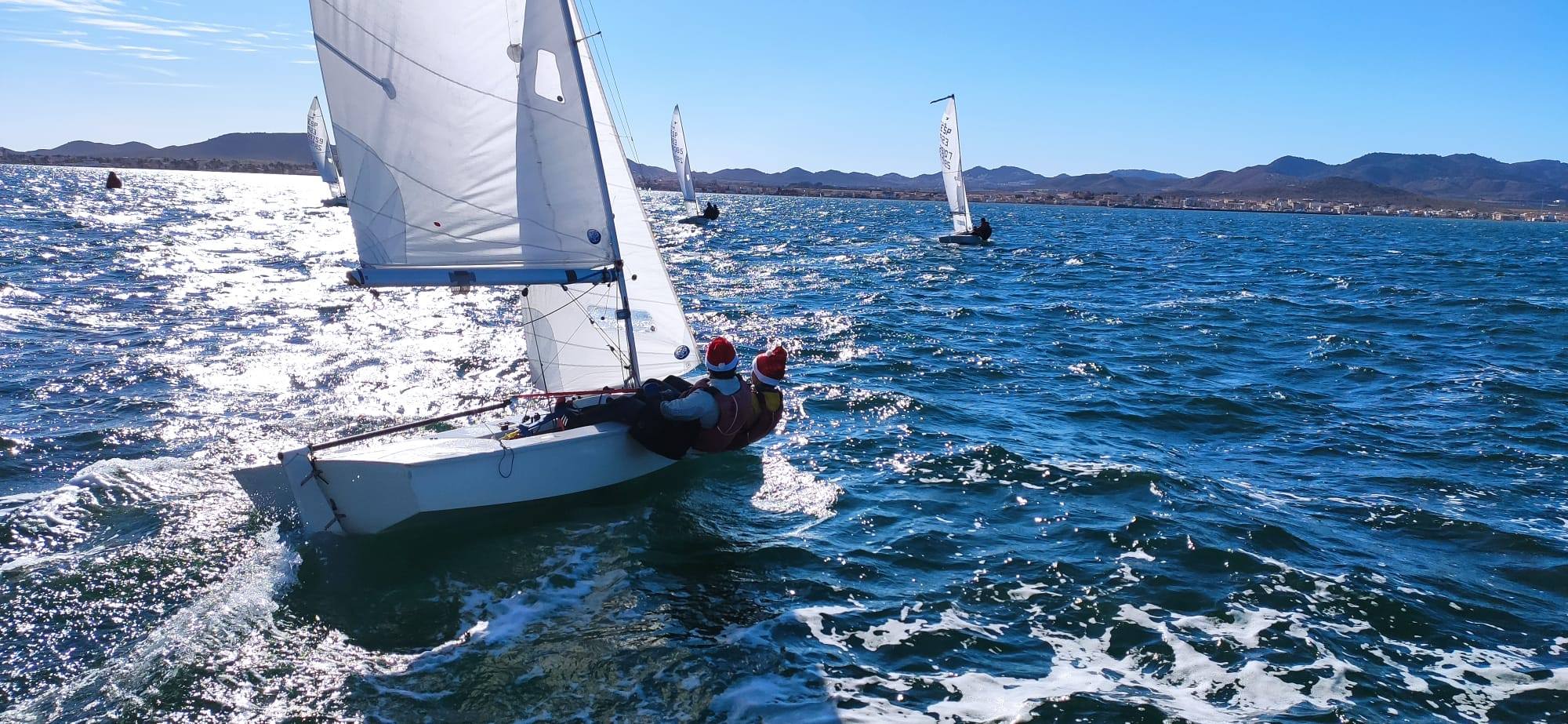
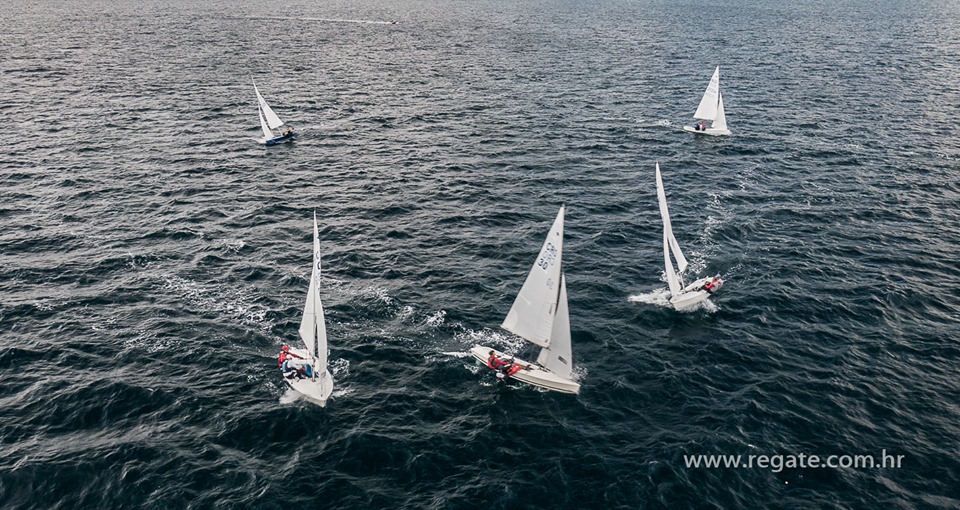
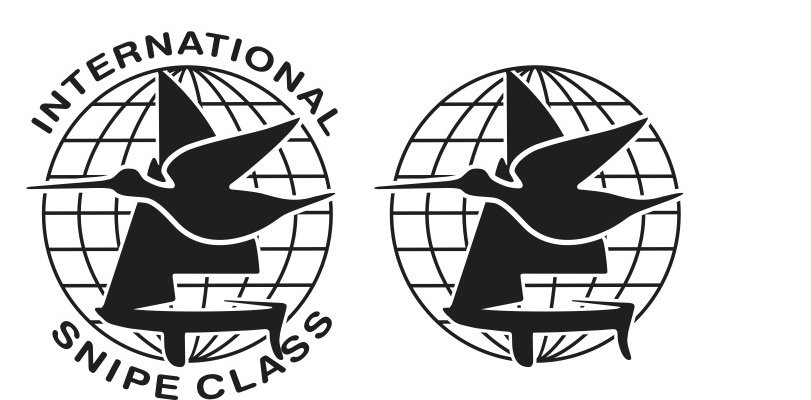
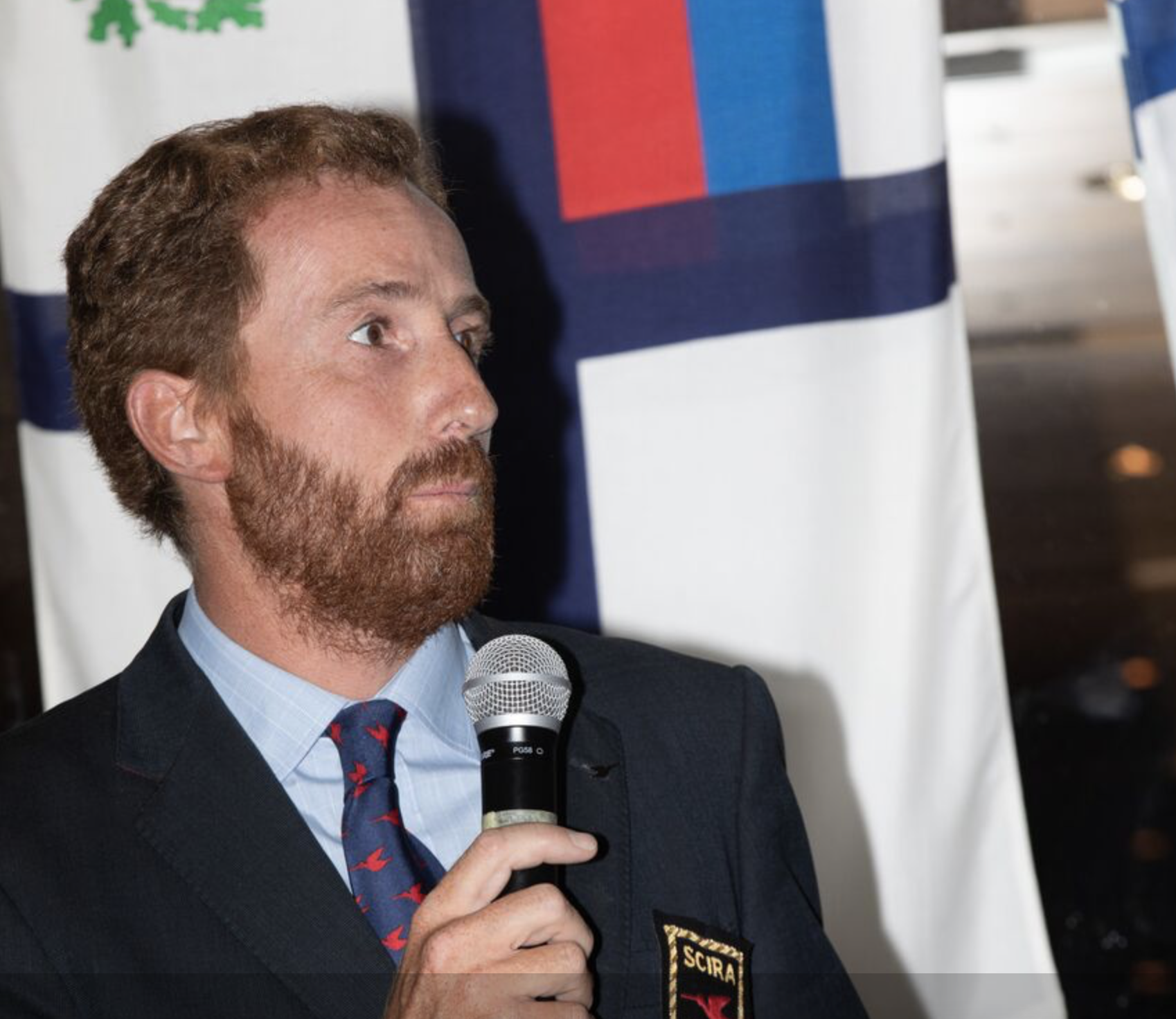
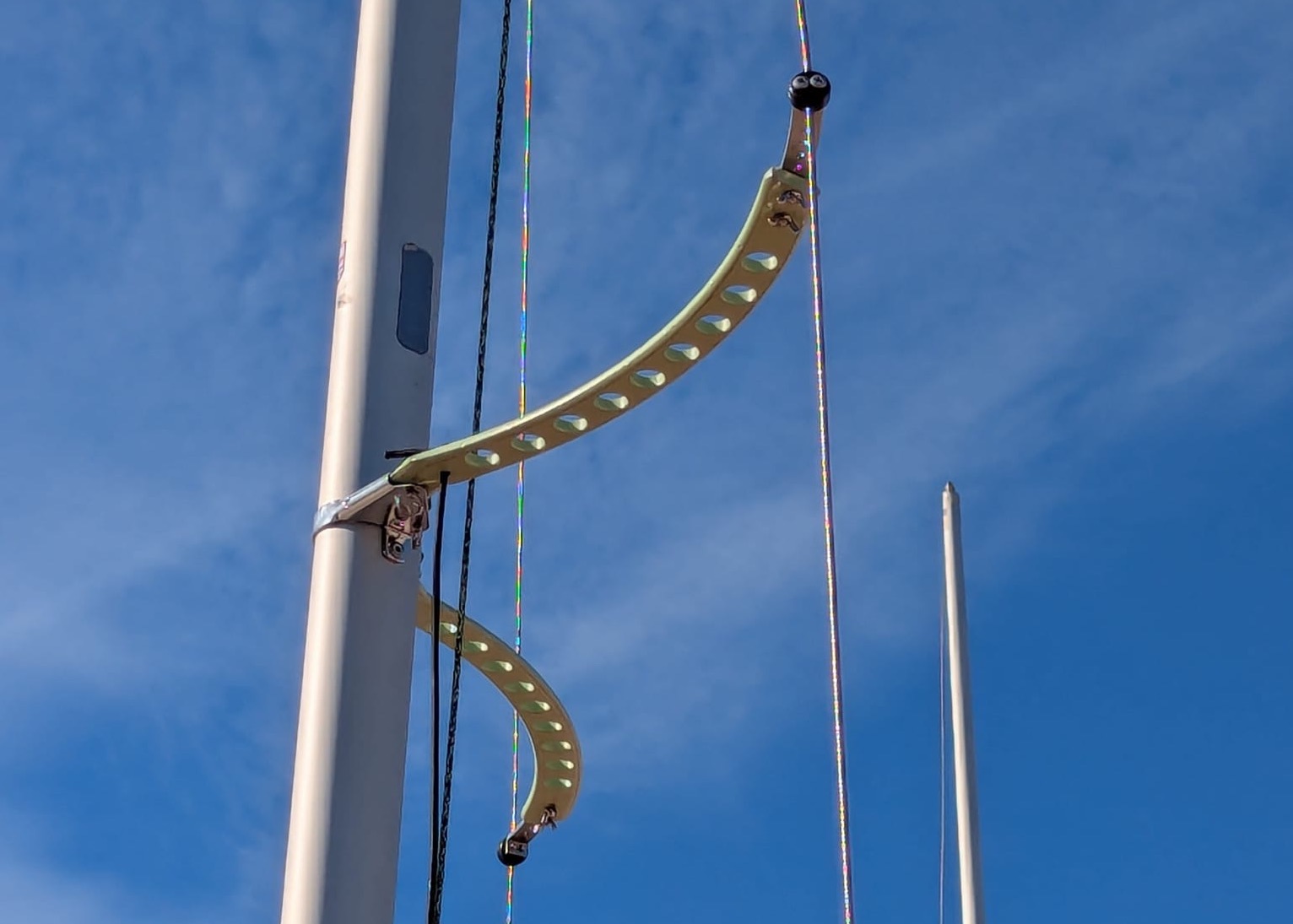
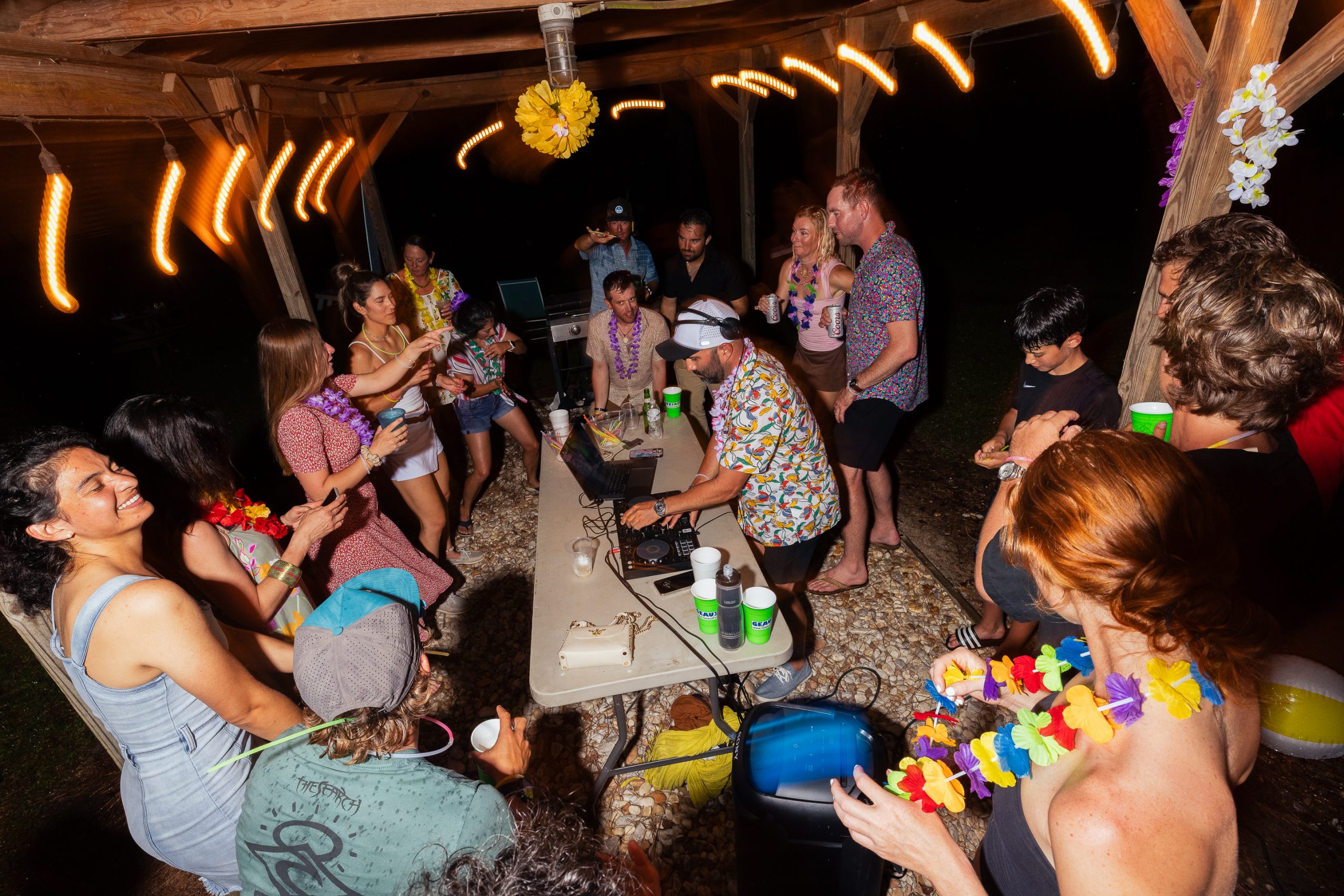
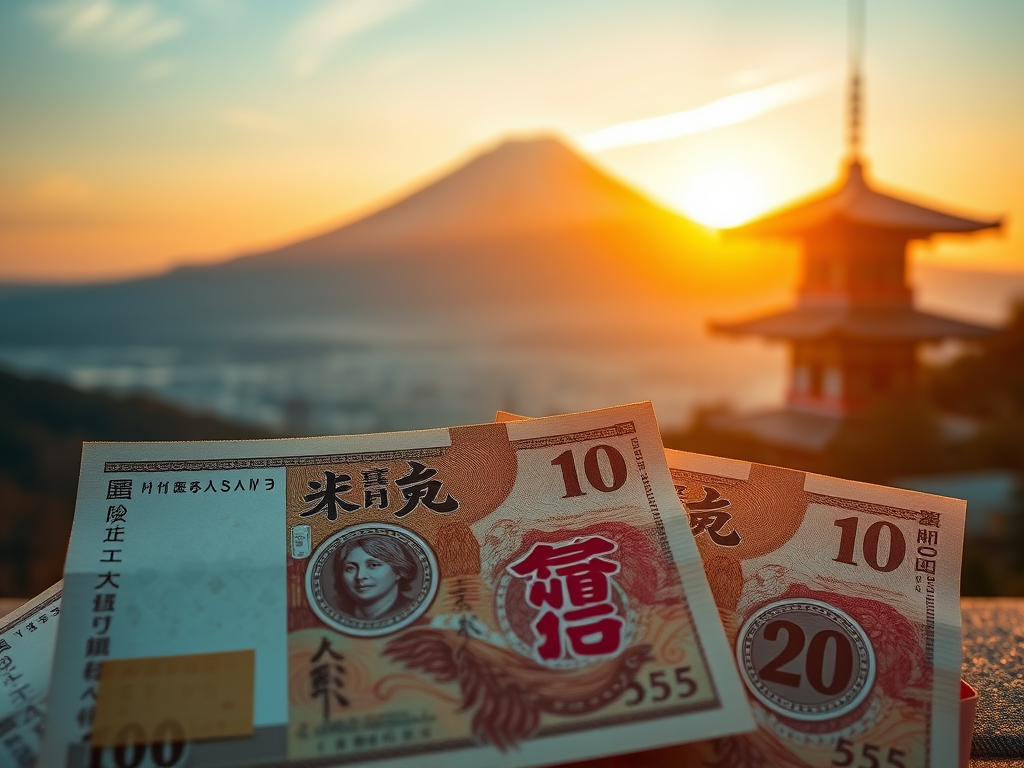
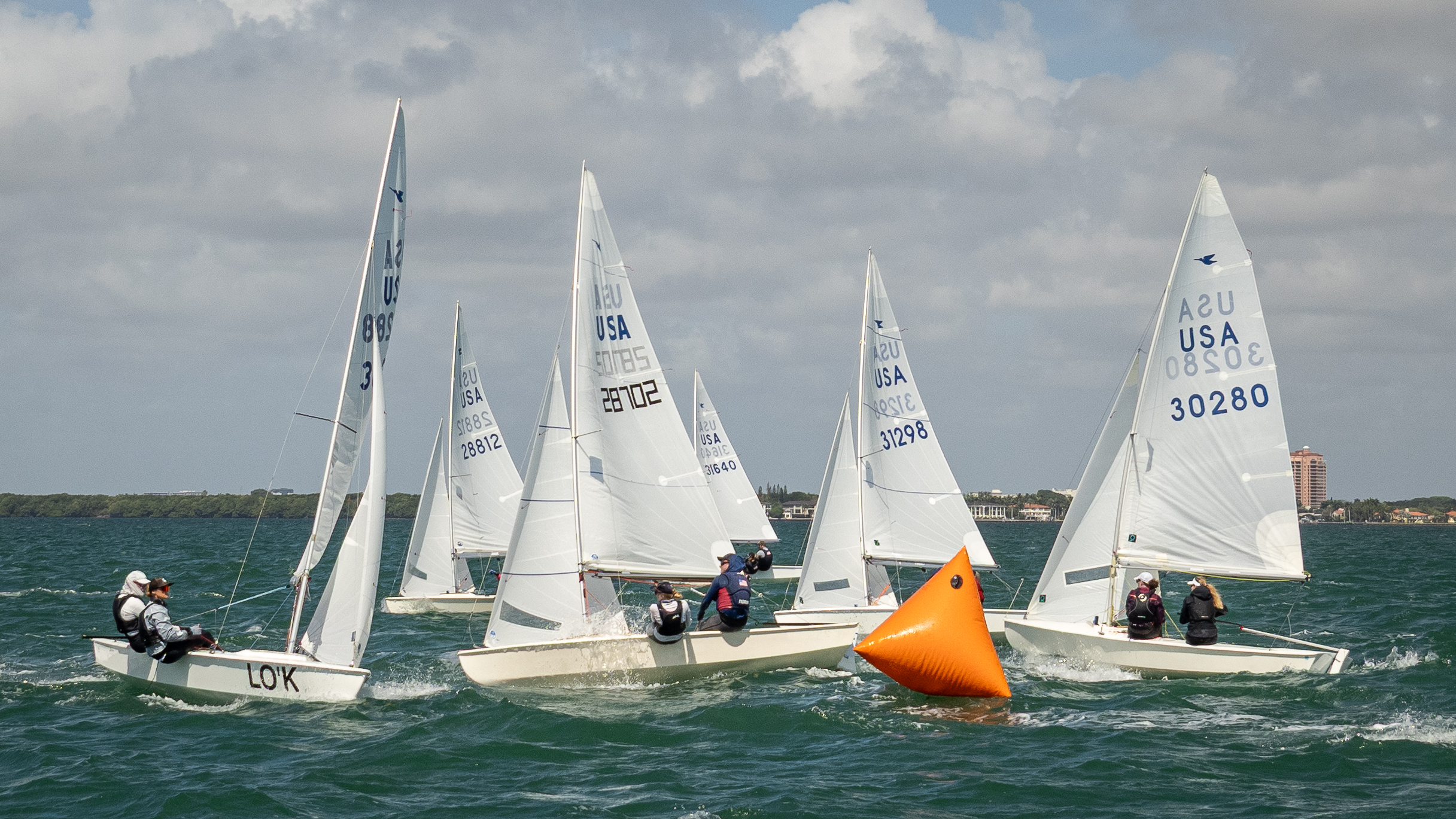
0 comments